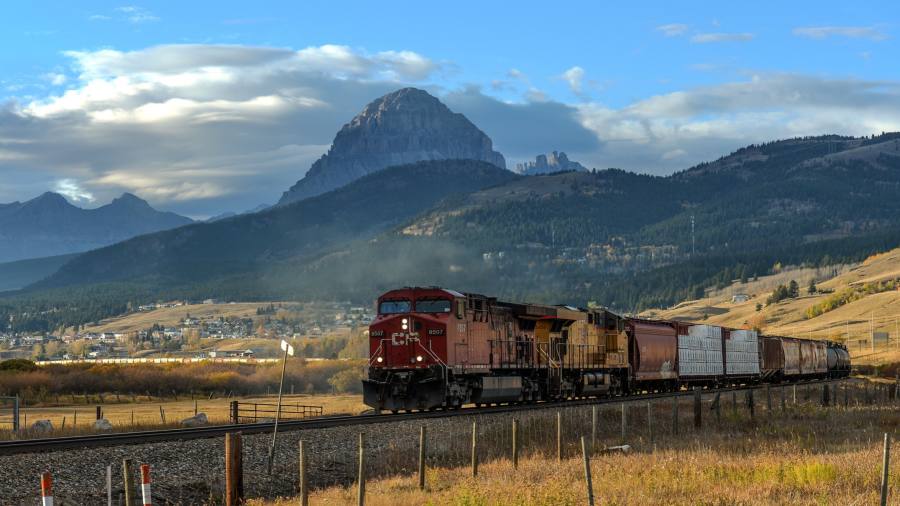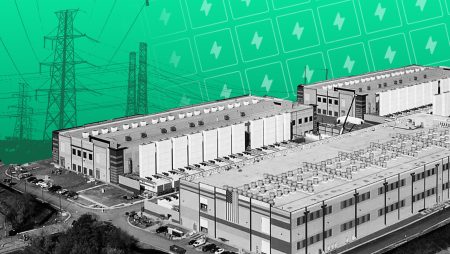Receive free Global Economy updates
We’ll send you a myFT Daily Digest email rounding up the latest Global Economy news every morning.
Canada rarely makes the global news. When it does, it is often in reference to the exploits of Canadian entertainers — Justin Bieber, Céline Dion and Drake. For a country of about 40mn people, roughly the population of California, that is not a bad return on celebrity icons. But while the country may exceed expectations in the pop and rap arena, it underwhelms on the international economic stage, relative to its vast potential.
By land mass it is the second-largest country in the world, with the longest coastline. Bookended by the vast Pacific and Atlantic oceans it has enormous trading advantages, alongside access to the largely untapped Arctic to its north. It is a net energy exporter; it has the third-largest proven oil reserves and is the fifth-largest producer of natural gas — but it also boasts large deposits of critical minerals vital to the green energy transition. And, of course, it borders the world’s largest economy.
By any measure, Canada’s geography suggests it could be an economic powerhouse. But few ever talk about it in such terms. By purchasing power parity, its economy is ranked 15th globally by size, behind the likes of Turkey, Italy and Mexico. The OECD has forecast Canadian per capita gross domestic product growth up to 2060 to be the lowest among advanced nations.
Canada boomed at the turn of the 20th century. Settlements grew, industrialisation was in full swing, investment rolled in from the UK and US. In 1904 Wilfrid Laurier, then prime minister, predicted “the 20th century shall be the century of Canada and Canadian development”. Yet, post-second world war expansion gave way to periods of high inflation, rising deficits and low commodity prices. Laurier’s forecast was not true for the last century and so far it is not true for the 21st either: PwC’s The World in 2050 report expects Canada’s global economic ranking to slip to 22nd by the middle of the century.
Poor productivity is at the heart of the country’s growth challenges. In an hour a Canadian worker produces just over 70 per cent of what an American can — that’s below the euro area and even the UK based on 2022 data. Many would have expected the resource-rich economy to benefit as globalisation powered forward, but its relative labour productivity has actually slipped since 2000.
Canada has aggressively pursued free-trade deals; it is currently the only G7 nation to have such agreements in force with all other G7 members. But it has not been able to take advantage of that. “Two of the economy’s previous main drivers of economic growth — natural resources and manufacturing — have struggled to expand in recent years, due to a combination of a more onerous regulatory backdrop and increased competition from abroad,” says Stephen Brown, deputy chief North America economist at Capital Economics.
Researchers at HEC Montreal’s Centre for Productivity and Prosperity argue that Canadian industry is not strong enough to compete globally. Indeed, the country’s vast size, mountainous geography and provincial legislation may hinder competition, investment and innovation among its companies. The Business Council of Alberta estimates these internal trade barriers are equivalent to a 6.9 per cent tariff on goods. Protectionist measures on top have often coddled Canadian industry.
A lot comes down to population. Canada has one of the lowest population densities in the world. Its fertility rate has been declining sharply and it does not have enough people to capitalise on its economic potential. Priorities may also be different from those of other countries. Canada ranks high on health, education and life satisfaction indicators; its leading cities, Calgary, Vancouver, and Toronto, are considered among the world’s best to live in. And the country consistently ranks among the top destinations for emigrants.
Canada’s attractiveness as a place to live and its openness to immigration means there is scope to turn its demographic problems around. Last year, it achieved its highest annual population growth rate in more than 60 years, in part due to government efforts to recruit migrants. The climate transition is already raising demand for its vast copper and nickel resources as well. The melting of the Arctic ice shelf will open new trading opportunities for northern Canada.
Rising up the GDP tables is not the be-all and end-all for any nation. And clearly the Canadian lifestyle is coveted around the world — and not just in developing nations. Yet, as long as current trends in productivity continue, living standards will drop and Canada’s enormous economic potential will remain latent. That would be a great shame for the thousands moving there seeking a better life, and for the global economy.
Read the full article here














